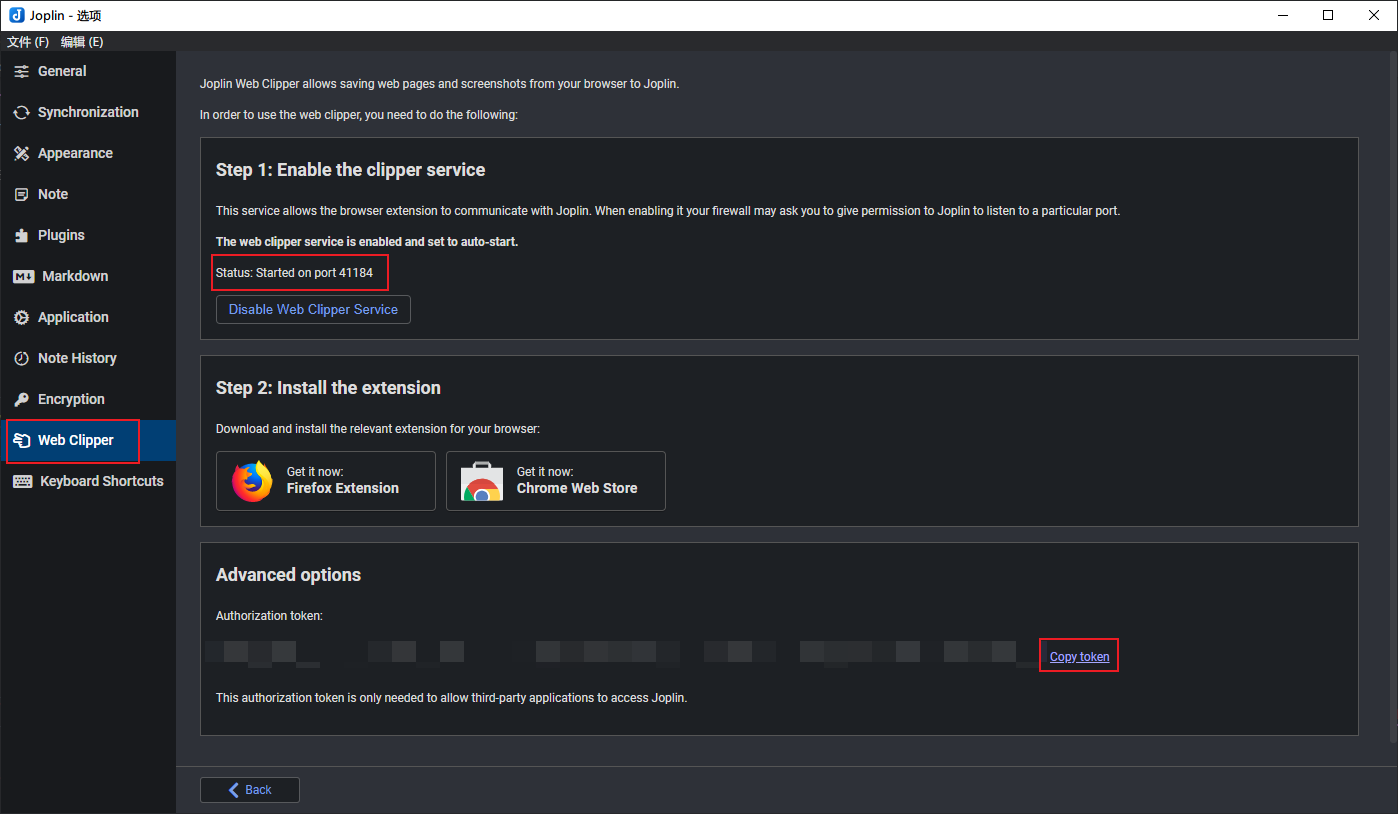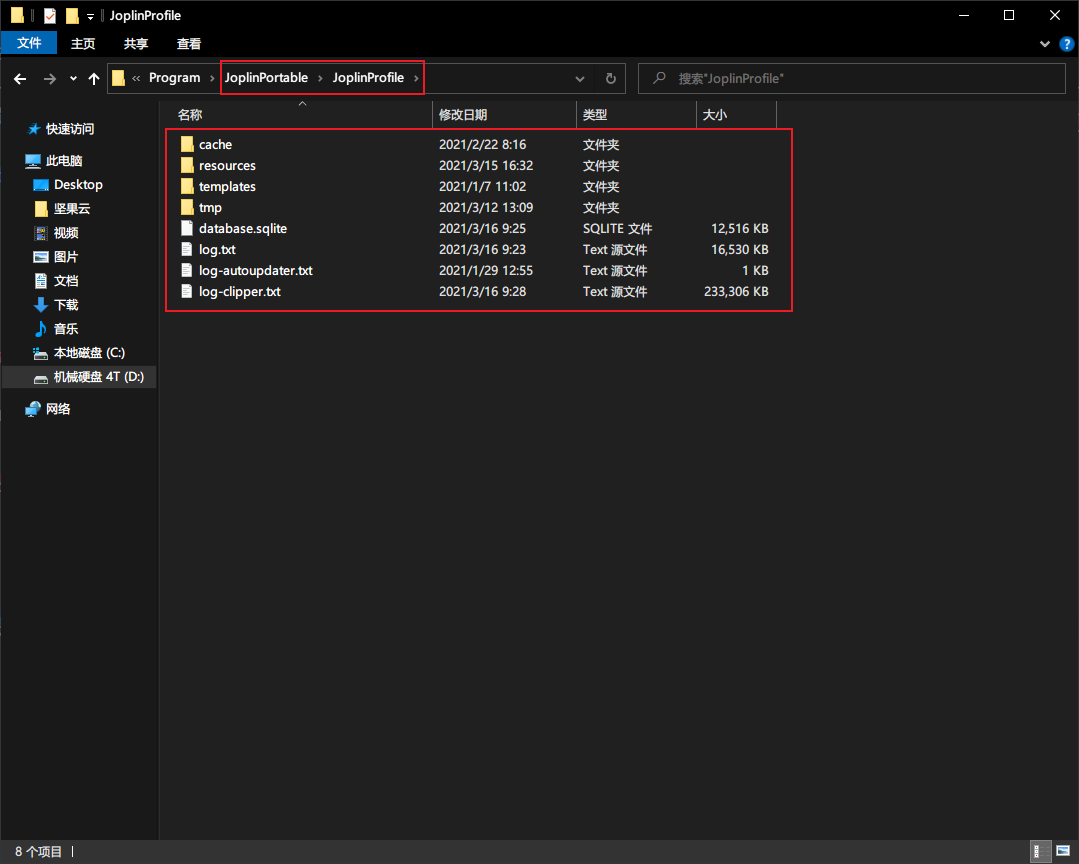joplin-blog
Scenario
Are you as annoyed as I am about the hassle of maintaining notes and blogs in sync at the same time? If you use joplin
as a note taking tool and hexo as a blog generator, you can choose this tool to connect them.
Use
Way 1
- add the configuration file
.joplin-blog.json (refer to configuration for details) - export notes as a blog using the command
npx joplin-blog
Way 2
- navigate to the hexo blog directory at the command line
- add dependency
yarn add -D joplin-blog 3. add configuration file .joplin-blog - add a configuration file
.joplin-blog.json (refer to configuration for details) - add an npm script file
"imp": "joplin-blog" 5. - Run the command
yarn imp 6. - You can see that the
source/_posts directory already contains all the exported notes
Example
Configuration
public
| configuration | type | description |
|---|
type | hexo/vuepress | type of integrated blog |
rootPath | string | hexo/vuepress directory, which should normally be . |
joplinProfilePath | string | joplin personal folder |
token | string | joplin web clipper's token |
port | number | the port of the joplin web clipper, usually 41184 |
tag | string | joplin's blog tag |
hexo
| configuration | type | description |
|---|
stickyTopIdList | string[] | topped notes id (only works under fluid topics) |
I've shared over 170 notes with this tool, blog address (Chinese)
FAQ
What does token/port refer to and where can I find it?
You can usually see it in Tools > Options > Web Clipper

Where is the joplin personal folder?
Generally speaking, if you are using a portable program, it should be in the program directory . /JoplinProfile
directory, where you should see the resources,templates,tmp directories.






